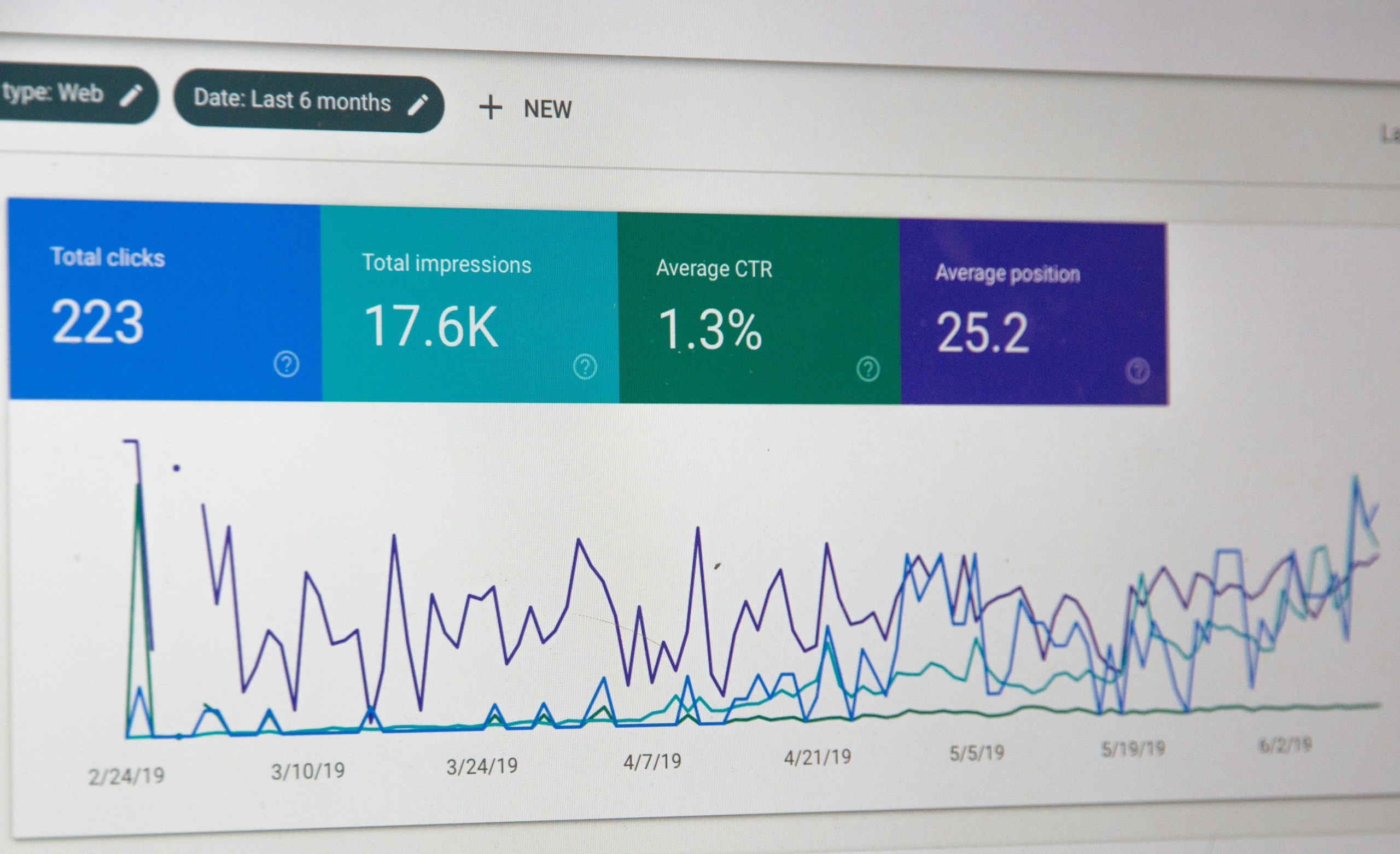In my experience as a web designer and SEO specialist, I’ve witnessed firsthand how the relationship between design and search performance has evolved. I can confidently say that creating a website that excels in both design and search engine optimization is essential for survival in the digital marketplace.
Throughout my career working with clients across various industries, I’ve seen how every element of your website collectively influences your search rankings, visitor engagement, and conversion rates. It all comes down to getting the best web design for SEO for Sarasota businesses.




